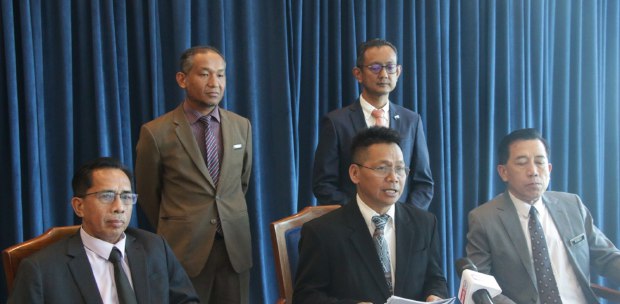I RECENTLY attended a workshop on natural rubber research in Port Dickson. Organised by the International Rubber Research and Development Board (IRRDB), the workshop brought together experts from the international network of rubber research institutes, including Malaysian Rubber Board.
The one-week meeting deliberated on strategic plans for IRRDB from 2015 to 2019. All the chief executive officers of the rubber research institutes attended the workshop, including India, Thailand, Indonesia, Vietnam, Sri Lanka, Cambodia, the Philippines and Nigeria. One even came from as far away as Colombia.
The IRRDB has been in existence for many years. It acts as a platform for collaborations between the network of natural rubber research institutes, especially in areas of common interest to all parties. In a way, the IRRDB can be looked upon as a global think tank on natural rubber research. It coordinates capacity building among member institutes. All the researches are aimed at sustaining the business of supplying natural rubber to the world. Many industries, such as tyre manufacturers, rely on the material for their business sustenance. The strategic plan is to provide guidance to the IRRDB, especially in investing for the future of natural rubber.
The workshop is timely as the fortune of natural rubber is not at its best. The low world rubber price, for example, is not showing signs of improvement. The unattractive price is attributed in no small measure to the high stocks overhang from Thailand, now the world’s leading producer of natural rubber. It has been reported that Thailand has about 300,000 tonnes of unsold stockpile rubber. The stock build-up is due to the low offtake by major importers like China. At the same time, it is not easy to stop production altogether, especially when small farmers are involved. Selling rubber is often their sole source of income. There are indications that Thailand plans to use a sizeable amount of the rubber for road construction. Admittedly, implementing such exercise is a big challenge.
At home, smallholders that dominate the nation’s production of rubber are feeling the pressure of making ends meet. Luckily, the government has eased the pressure by extending financial support. But for how long? It is unsustainable. The nation needs to rethink new approaches to sustain the production of natural rubber by smallholders. The strategies must include reasonably healthy margins for the farmers. This would mean increasing productivity, as well as reducing costs. Relieving the farmers of tax burden would help. One cost that could be dispensed with is the research tax or cess.
When research cess for rubber producers was first imposed in the 1960s, rubber cultivation was dominated by big plantation groups. With ownership of large rubber estates, they were able to absorb the fluctuations in rubber prices. Most of the plantations have moved to the oil palm business, leaving smallholders to bear the brunt of producing rubber. Smallholders do not have deep pockets to accommodate price shocks. On the other hand, the nation needs to continue producing rubber for the downstream manufacturing of rubber products. Not to mention the rubberwood furniture business, which is lucrative.
If smallholders continue to suffer from poor returns, they may abandon rubber production altogether. This can be devastating for the country because although we are no longer the leading world producer, the income from rubber exports is still substantial. It can generate RM50 billion to RM60 billion annually. Therefore, if we are to continue to rely on smallholders to plant rubber, relieving them of the burden of research tax is one cost-effective step. It may be timely to amend the law.
We should consider getting rubber product manufacturers as well as rubberwood furniture makers to bear the cost of research and development. To these groups, it would be just a small dent on their profits. Then, the rubber business becomes truly sustainable!
The writer is a fellow of the Academy of Sciences Malaysia





